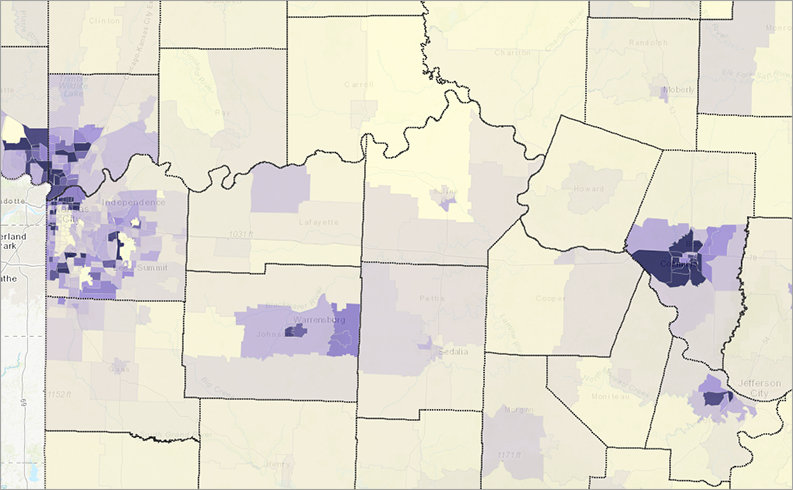Just in time for the end of the year, we have many small and large data updates to announce. The big one, of course, is the 2019-2023 ACS five-year data collection, released just this month. MCDC uses the five-year ACS data for many products and apps, including:
- our ACS Profiles web application and SAS datasets in the data archive;
- the ACS 2019-2023 base table SAS datasets in the data archive;
- the CAPS ACS (circular-area profiles) application.
In the area of population estimates, we recently added the 2010-2019 intercensal population and housing unit estimates, released in November 2024. These estimates, produced each decade by the U.S. Census Bureau’s Population Estimates Program, adjust the existing time series of postcensal estimates for a full decade to smooth the transition from one decennial census count to the next. We have SAS datasets of national files covering the nation, states, counties, places, and subcounty areas. The MCDC data collection now includes a new subdirectory (/popests/intrcensl/) devoted to these datasets.
Other recent, smaller data updates include:
-
data updates and minor code fixes for our IRS Migration Profiles app;
-
MO bank deposits for FY2024;
- updates to the Missouri County Factsheets app to start using employment and payroll data (from the Bureau’s County Business Patterns product, instead of discontinued BLS tables);
- MO tax sales data for 2023;
Please contact the MCDC web manager with any questions or comments.


